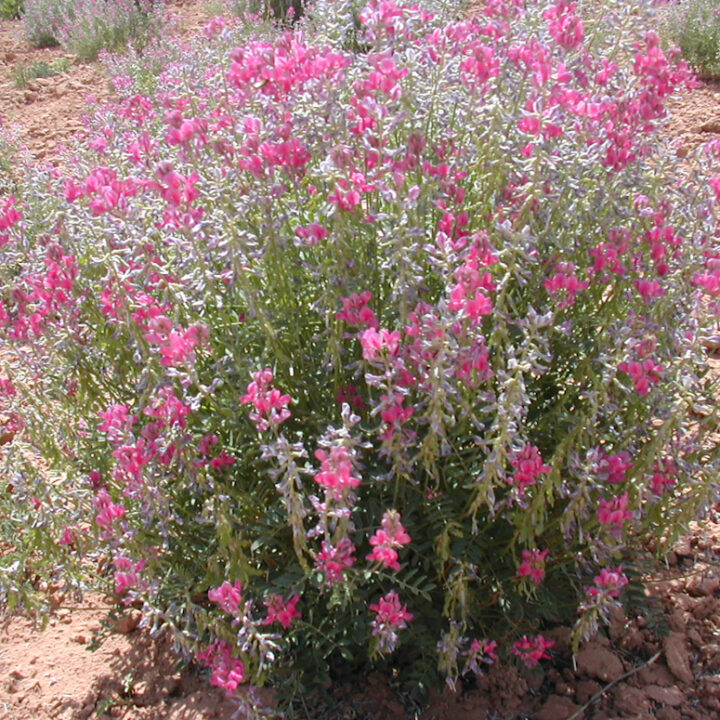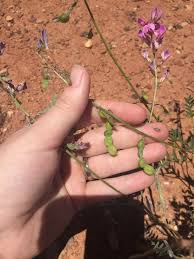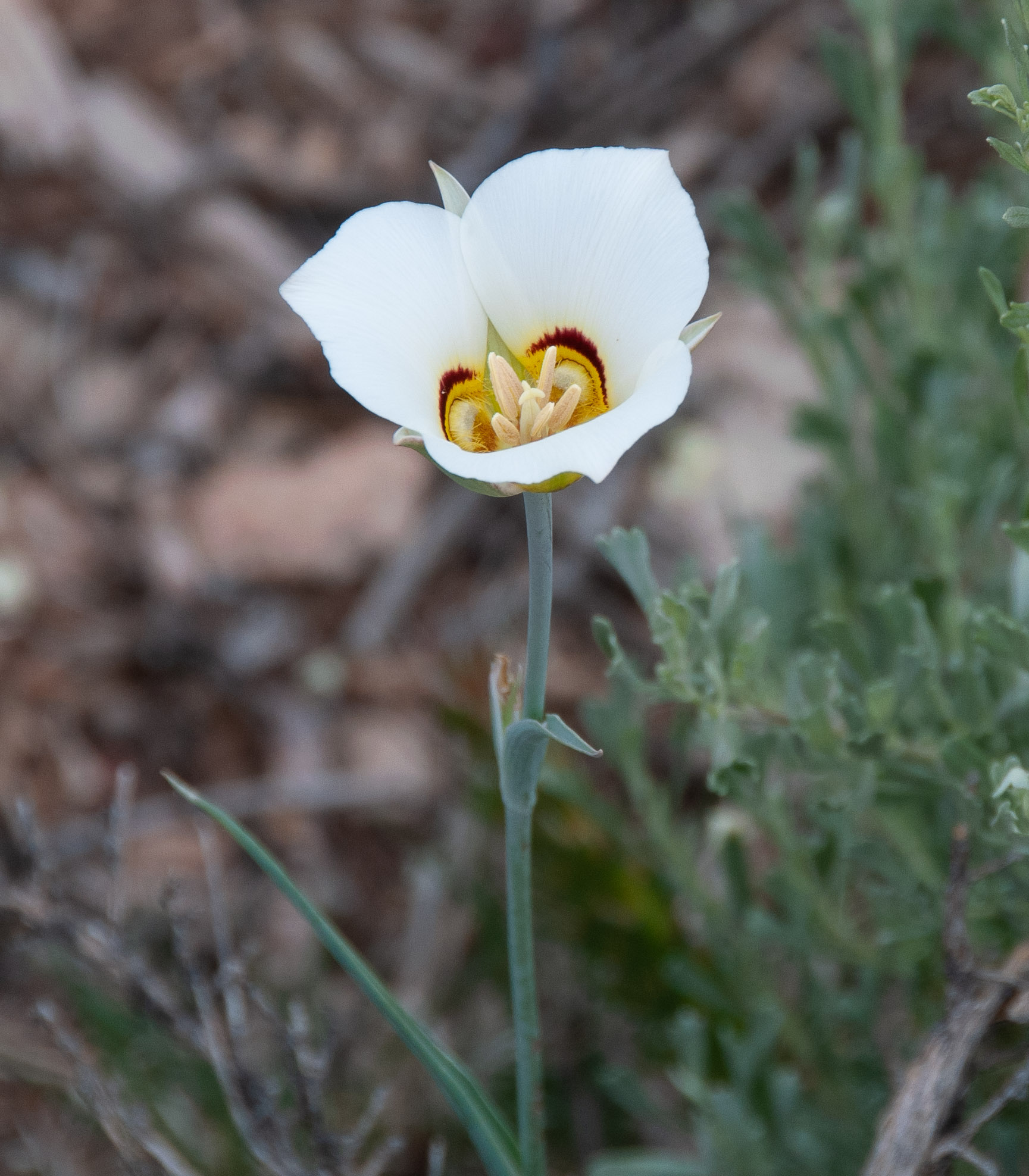I had no idea that my life and job here in Moab, Utah would go so far beyond seed collection! Aside from beginning seed collection, I have gotten to work with the amazing hydrologists here on projects aiming to protect lakes, streams, springs, and wetlands. I accompanied my mentor on a field trip to Medicine Lake where he will be conducting a huge fencing project in the hopes of preserving a very important wetland. The nature of the field trip was to introduce the project to different departments, including Range and Archaeology, in order to make sure the building of a fence would not cause any indirect damage to the area. It has been so exciting to meet people from so many different government departments and get to learn about what they do and see how all the pieces of the puzzle have to fit together for a project to go forward!
Hydrologists are so involved with fencing projects, I have learned, because cattle and livestock cause a lot of damage to soil and plant systems around water sources by causing hummocking. In a nutshell, hummocking is when cattle compacts soils in riparian areas causing it to puddle and exposing soil to erosion. This, in turn, damages natural vegetation succession in riparian areas. Moo knew? (Get it? Like who knew?) I got to help with my first fencing project last week, repairing a barbed wire fence around Warner Lake.
In terms of seed collection, our first target species is a lovely plant in the pea family known as Utah Sweetvetch, Hedysarum boreale. She has been the ideal first species to begin my seed collection journeys because she has very distinct “pods” that contain her seeds, and the dreamiest purple-pink flowers. Seed ripening has just become a lot more uniform across populations that we have observed, so more seeds to come!


My favorite botanical spot so far? The gorgeous are Sego Lily, Calochortus nuttallii! This lovely perennial monocot is the Utah State Flower and is known for her campanulate flowers. I have never seen anything quite like it. This unique flower has a rich history, as it is said that indigenous peoples in this area would harvest the roots and eat them during poor crop seasons.

I am so excited to learn more about Utah’s native flora, collect more seeds and get to help more with hydrology projects!
